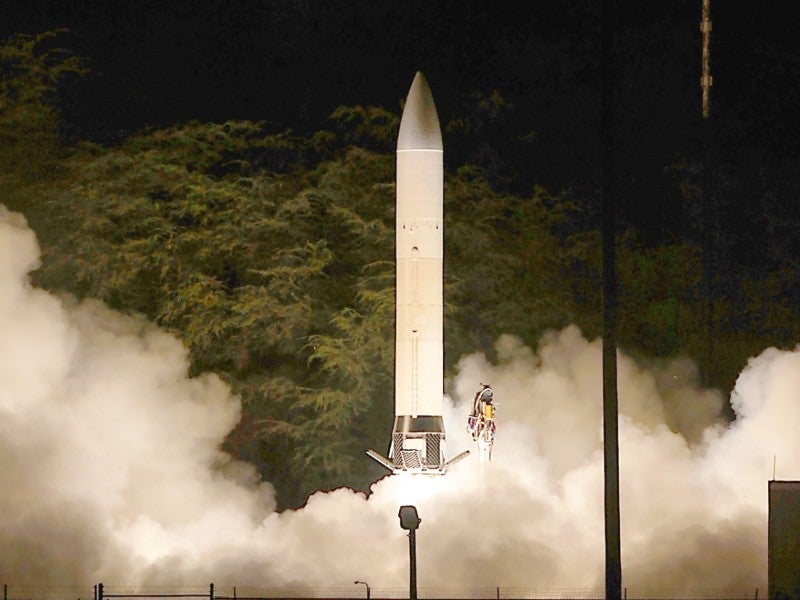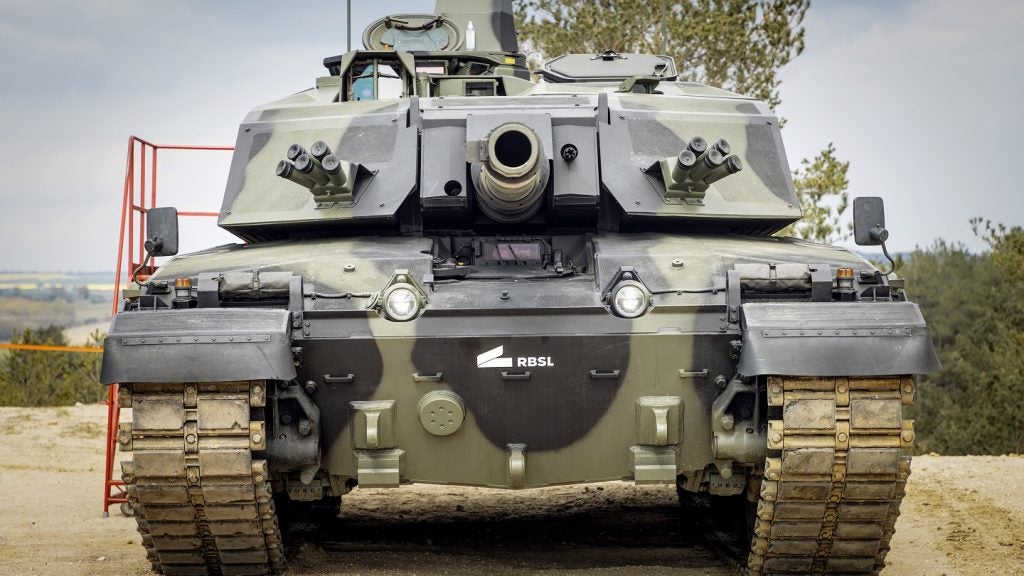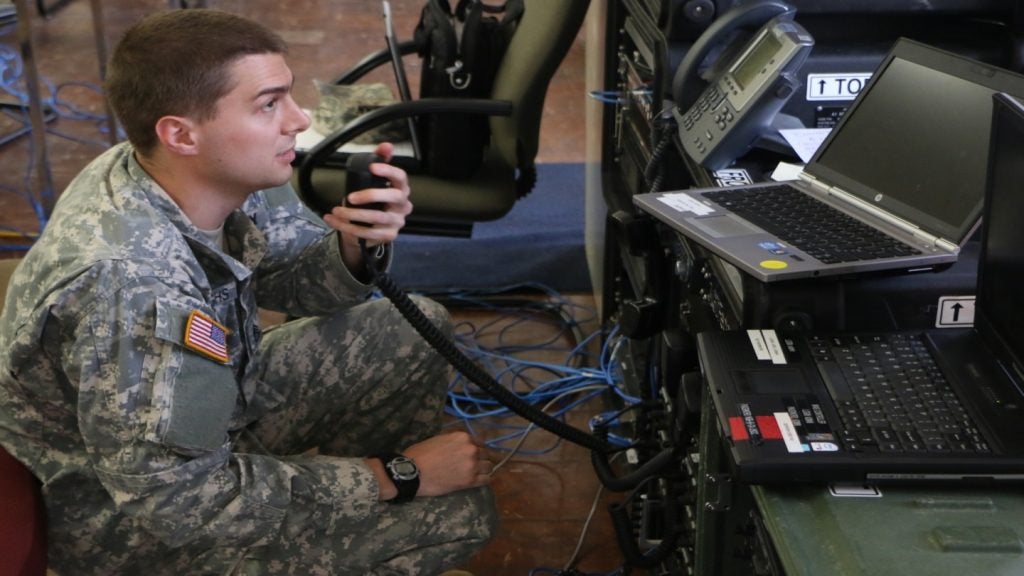
The US Army is set to conduct the first joint flight test of future hypersonic weapons, which will be followed by tests every six months until they are fielded by fiscal year 2023.
The weapon’s common glide body will be produced by the US Army under a joint venture. It will also be used by the air force and navy.
US Army rapid capabilities and critical technologies office director Neil Thurgood said that soldiers are expected to fire a hypersonic glide body from a transporter erector launcher in fiscal year 2022.
Thurgood said: “It is the first shoot ever off of the transporter erector launcher. It will be done by soldiers.”
Before performing the test next year, the system will be fielded to a unit without the live rounds for training purposes in late fiscal year 2021.
“The reason we’re going to do that is because we need them to start training,” said Thurgood.
How well do you really know your competitors?
Access the most comprehensive Company Profiles on the market, powered by GlobalData. Save hours of research. Gain competitive edge.

Thank you!
Your download email will arrive shortly
Not ready to buy yet? Download a free sample
We are confident about the unique quality of our Company Profiles. However, we want you to make the most beneficial decision for your business, so we offer a free sample that you can download by submitting the below form
By GlobalData“So when we get to the first (live round) shot a year later, they’ll actually know what it looks like.”
Soldiers will practice command and control of the system, and loading and offloading canisters that resemble Patriot and Terminal High Altitude Area Defense (THAAD) systems.
The army plans to field the system to a battery, which could include a part of the multi-domain task force that is currently being piloted and headed by a field artillery brigade and will receive four launchers with two rounds each.
Four heavy expanded mobility tactical trucks (HEMTTs) and trailers will be used to transport the 30ft-long launchers.
The command and control system will be the Advanced Field Artillery Tactical Data System 7.0, which is currently available to artillerymen.
As competitors are developing their own future hypersonic weapons capabilities, the US Army plans to counter them with approximately $1.2bn due to be spent on experimental prototyping until fiscal year 2024.
Thurgood’s job is to bring together scientists and acquisition experts to speed up the US Army’s directed energy and space programmes, among others.
“My job is to transition out of the labs into a commercial industry base and we’re on the path to do that right now,” he said.
“By doing that, I create a bridge from the science and technology community to the prototyping community to the programme of record community.”
The glide body programme is currently at the Sandia National Laboratories in New Mexico, US.







